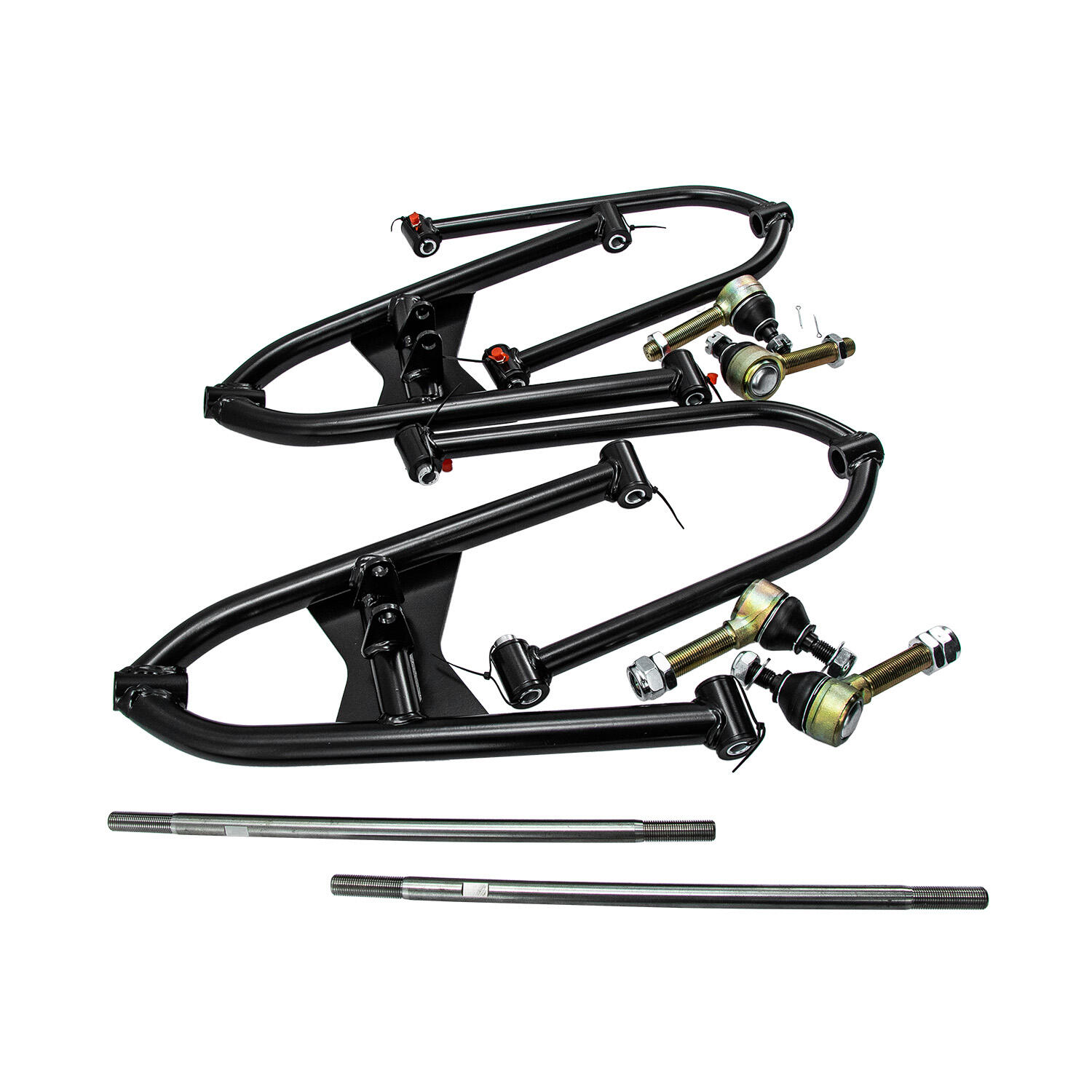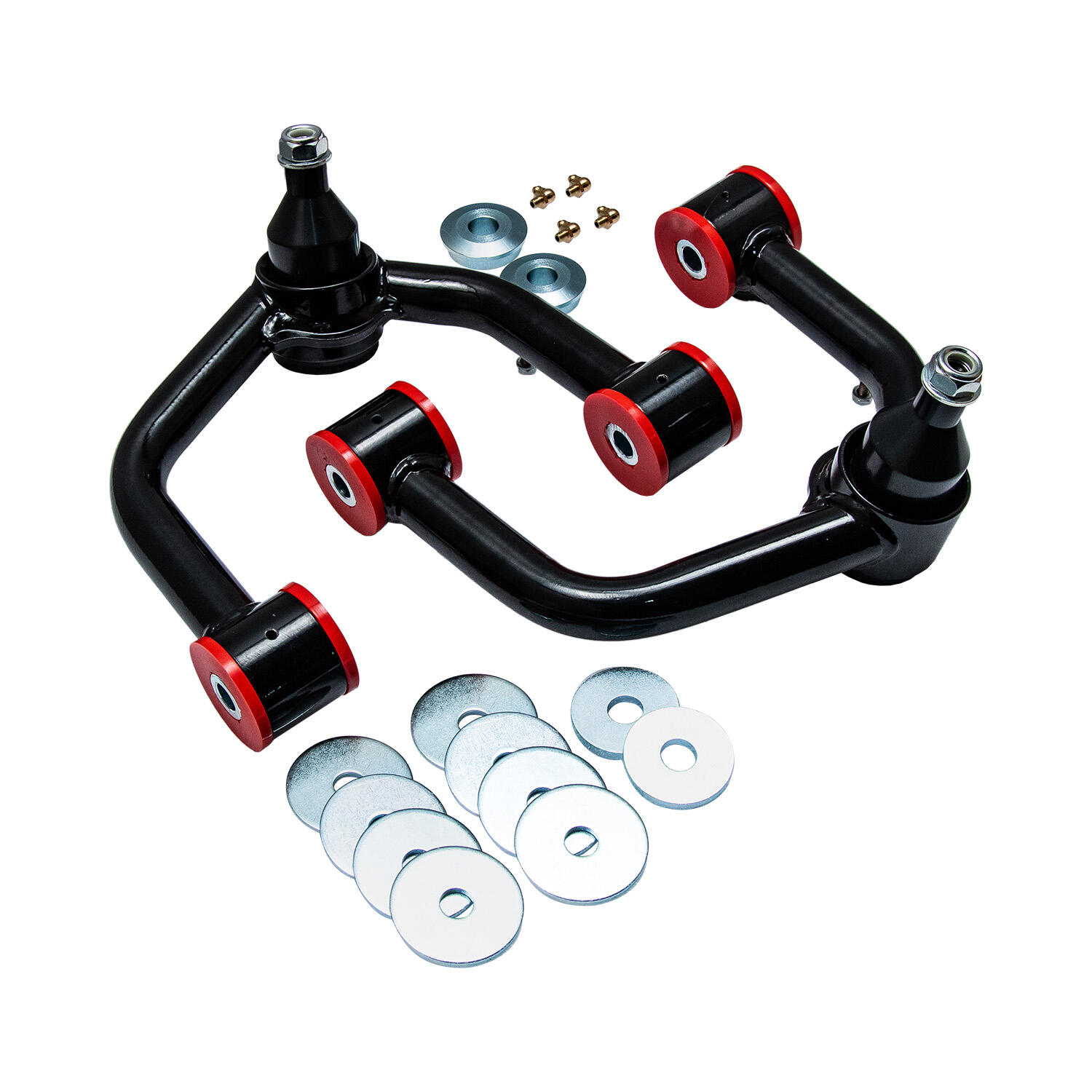onderste beheerarm
Die onderste beheerarm is 'n kritieke susperisiekomponent wat 'n belangrike rol speel in die handhaaf van voertuigstabiliteit en hantering. Hierdie noukainig ontwikkelde deel verbind die voertuig se raam of liggaam met die stuurknukel, wat gestuurde vertikale beweging van die wiel toelaat terwyl dit korrekte uitlijning handhaaf. Gemaak van hoë-sterkte materiaal soos gesmelt steel of aluminiumligting, het die onderste beheerarm sofistikeerde bushings by monteerpunte wat wegtrillinge absorbeer en gelydsverdraagstroom reduseer. Dit werk saam met die boonderste beheerarm in dubbel-wishbone susperisiesisteme, of onafhanklik in MacPherson strut konfigureeringe, om die geometriese verhouding tussen die wiel en die voertuigliggaam te bestuur. Die ontwerp van die onderste beheerarm sluit balgewrigte in wat presiese stuurbeweging moontlik maak terwyl dit strukturele integriteit onder verskeie belastingstoestande handhaaf. Moderne onderste beheerarme het dikwels gevorderde korrosiebestendige bedekkinge en verbeterde duurskapperbehandelinge om langdurigheid in uitdagende omgewingsvoorwaardes te verseker. Hierdie komponent is essentieel vir die handhaaf van korrekte wiel camber- en caster-hoeke, wat direk invloed het op bandverslettingspatrone en algemene voertuighanteringseienskappe.


